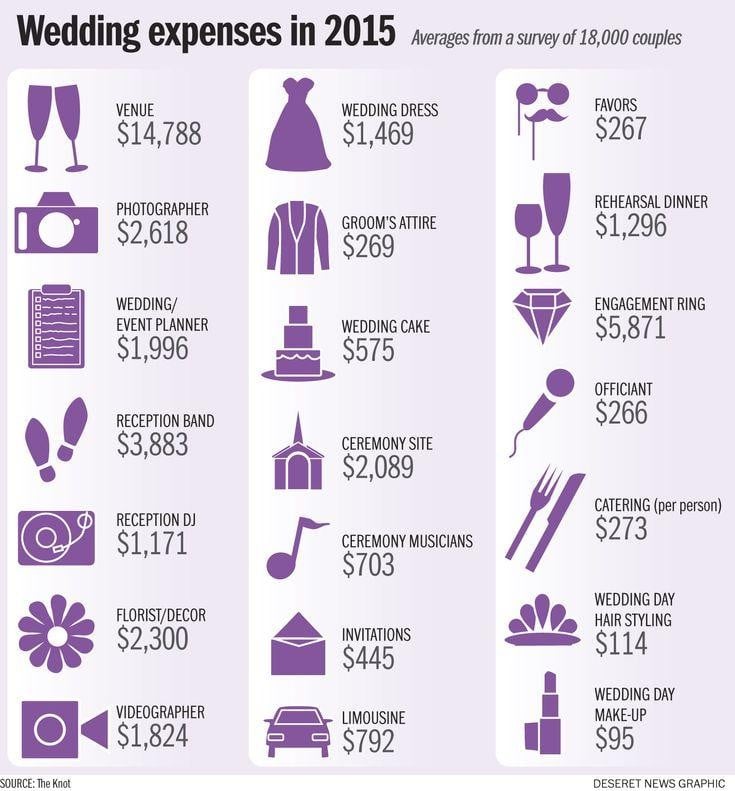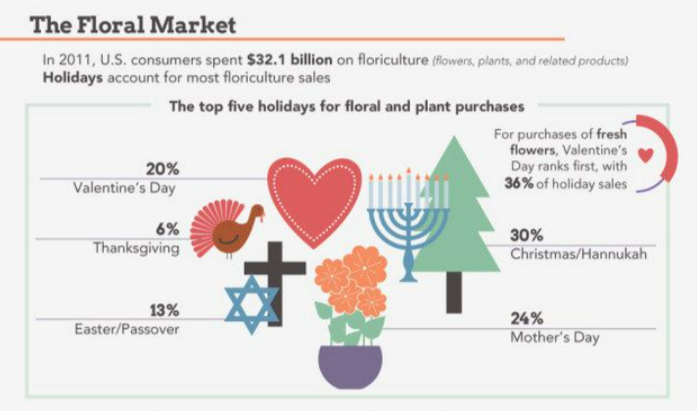How to Organize the Perfect Event: Tips from Viktoria Perebyinis

The modern event industry is characterized by a shift from simply providing services to creating unique experiences for participants [4]. In this context, the importance of atmosphere and aesthetic design of the event space increases. Floral design is one of the most powerful tools for shaping the desired atmosphere, capable of transforming a venue, emphasizing the theme of the event, and influencing the emotional state of guests. The relevance of the topic lies in the need for a professional approach to integrating floristry into the overall concept of an event, which requires from the florist not only creative skills but also an understanding of the principles of event management, budgeting, and logistics. The lack of a systematic approach may lead to design outcomes not meeting expectations, inefficient use of the budget, and logistical failures. The purpose of this article is to analyze the process of integrating floral design into event organization from the perspective of a professional florist, highlighting the main stages, success factors, and principles of interaction.
Event management is a complex process that includes planning, organizing, coordinating, and controlling all aspects of the event to achieve its goals [3]. Aesthetic design, including floral design, is an integral part of this process, forming what is called the “servicescape.” The concept of the servicescape emphasizes the impact of the physical environment on the perception of service quality and the behavior of both clients and staff [1]. Flowers and plant compositions affect visual and sometimes olfactory receptors, helping create a certain mood, reflect the status of the event or brand, and provide a comfortable environment for communication and interaction. Thoughtful floral design can enhance the theme of the event, zone the space, and become a memorable element for participants. Therefore, the integration of floristry should be considered not as an isolated task but as part of the overall strategy of managing the event experience.
Effective integration of floral design into an event requires a systematic approach that includes several interrelated stages, with the florist acting as both expert and executor.
Stage 1: Conceptualization and Planning. At the initial stage, close interaction takes place between the florist and the event organizer (or the end client). The goals of the event, target audience, general style, theme, color palette, and budget are defined. The florist analyzes the features of the venue (size, lighting, interior style, restrictions). Based on this information, a floral design concept is developed, which may be visualized with mood boards, sketches, or digital mock-ups. Approval of the concept is the foundation for further work.
Stage 2: Detailed Design and Budgeting. The approved concept is elaborated in detail: specific types of flowers and greenery are selected, taking into account seasonality, durability, and stylistic relevance; the number and types of arrangements are determined (centerpieces, stage décor, photo zones, entrance décor, etc.); technical aspects are worked out (types of vases, fastenings, structures). Based on the detailed specification, a cost estimate is prepared, including materials, florist labor, transportation, and installation. Budgeting requires accuracy and realism. Statistics on budget allocation for various event types often show that décor and floristry can represent a significant share, varying depending on the scale and objectives of the event [2].

Stage 3: Logistics and Execution. This stage includes purchasing and preparing floral materials, creating arrangements in the workshop, and carefully transporting them to the venue. On-site, installation is carried out according to the approved plan and schedule, with coordination alongside other contractors (for example, lighting specialists to ensure proper highlighting of arrangements). Equally important is the dismantling process after the event. Successful execution requires precise logistical planning and readiness to resolve unforeseen issues (such as replacing flowers due to supply problems).
The successful implementation of floral design depends on a combination of factors. Clear and timely communication between the florist, organizer, and client prevents misunderstandings and mistakes. Professionalism and experience ensure high-quality design and execution. Adequate budgeting makes it possible to implement the intended concept without compromising quality. Accurate logistics and coordination guarantee timely and neat installation. Having a contingency plan (Plan B) minimizes risks.
The contribution of floral design to the overall success of an event can be assessed by indirect indicators: positive participant feedback about the atmosphere, the visual appeal of the event in photos and videos, mentions on social media, and achieving the desired image effect. Research in services marketing and event management shows a correlation between the quality of the physical environment (including aesthetic décor) and visitor satisfaction levels [1; 3]. Quality management by the florist includes monitoring the freshness and condition of materials, strict adherence to approved sketches and specifications, structural safety, and careful execution at all stages.

A florist rarely works at an event in isolation. Effective collaboration with other contractors and venue services is essential to create a harmonious and functional space. Coordination with lighting designers ensures that floral arrangements are highlighted effectively. Cooperation with catering staff ensures that table décor does not interfere with service. Collaboration with decorators and technical specialists integrates floristry into the overall scenography of the event. The florist must understand the general scheme of installation and dismantling, follow established rules, and adhere to the work schedule. Successful collaboration is built on mutual respect, clear distribution of responsibilities, and timely information exchange [2].
Thus, the integration of floral design into event organization is a complex multi-stage process requiring both creativity and strict adherence to project management principles. Analysis of the process from the florist’s perspective shows that success depends on thorough conceptual planning, detailed design and budgeting, flawless logistics and execution, as well as effective communication and collaboration with all participants in event preparation.
Strategic use of floristry, based on an understanding of event goals and the psychology of spatial perception, can significantly enhance the quality of the event and its emotional impact on the audience. Recommendations for practice include establishing partnerships between organizers and florists at early planning stages, clearly defining goals and expectations, allocating an adequate budget, and trusting the professional expertise of the florist. The principles and approaches outlined are applicable to events of various scales and formats—from private celebrations to large corporate and public events—contributing to raising quality standards in the event industry.
References
- Bitner, M. J. Servicescapes: The impact of physical surroundings on customers and employees / M. J. Bitner // Journal of Marketing. – 1992. – Vol. 56, № 2. – P. 57–71.
- Bowdin, G. Events Management / G. Bowdin, J. Allen, W. O’Toole, R. Harris, I. McDonnell. – 3rd ed. – Oxford: Butterworth-Heinemann, 2011. – 512 p.
- Getz, D. Event Studies: Theory, research and policy for planned events / D. Getz, S. J. Page. – 4th ed. – London: Routledge, 2019. – 576 p.
- Pine, B. J. Welcome to the experience economy / B. J. Pine, J. H. Gilmore // Harvard Business Review. – 1998. – Vol. 76, № 4. – P. 97–105.





